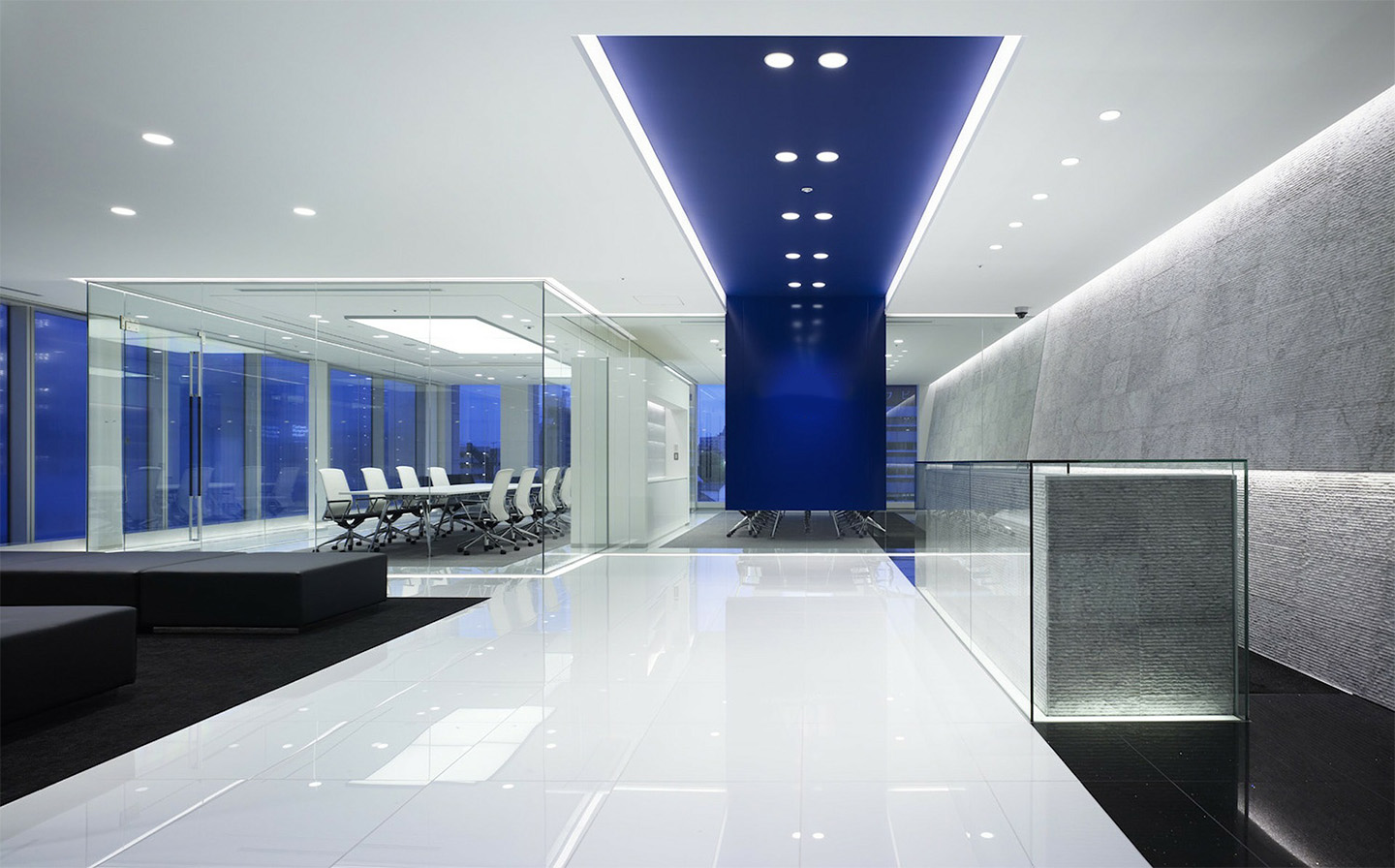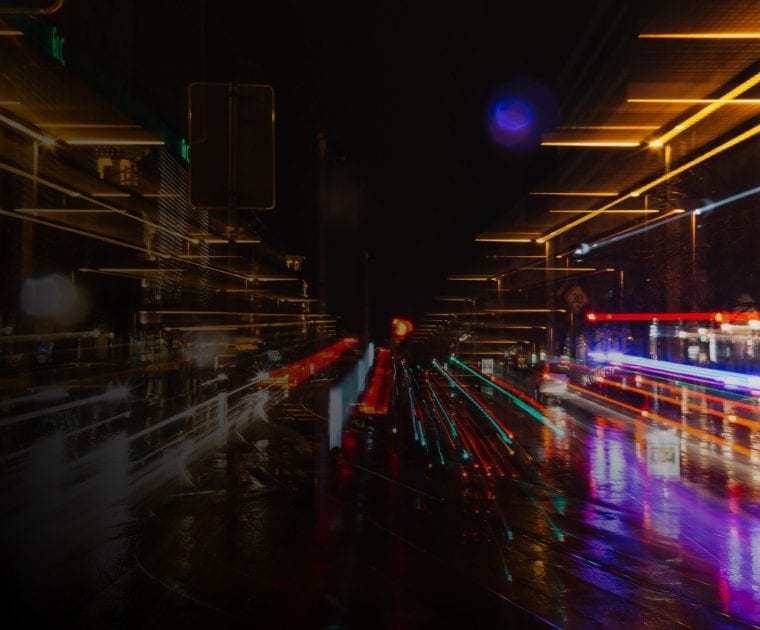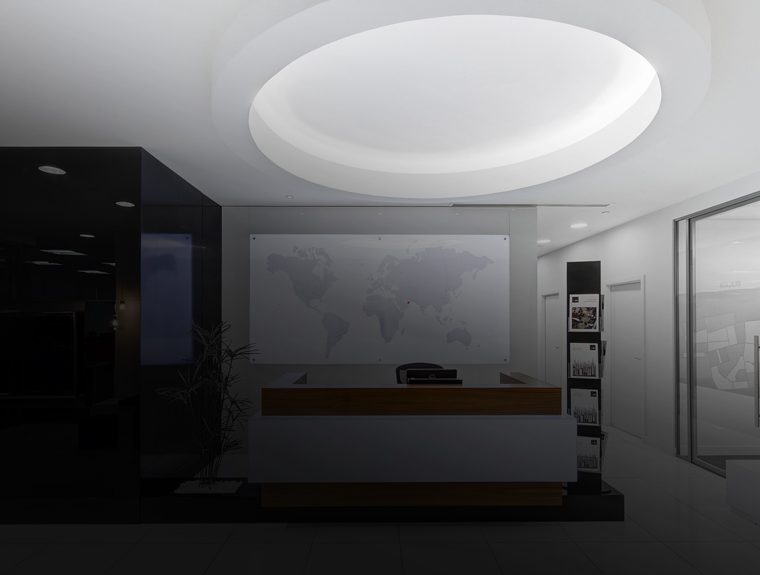When we, think about lighting our indoor environment, we do not always consider all of the factors that will be at play within the space, when designing the lighting plan. The three main goals are:
i. Maximize the impact of your new lighting system while maintaining the highest level of energy efficiency.
ii. Optimize the productivity of those who are working/ living in the space, and
iii. Minimize the impact that artificial light will have on the health of the people within the space.
It has historically been the practice of many business owners and institutional administrators to begin and end their lighting search and design, based on the bottom line. Find the most cost-effective solution and just go with that. With advances in LED lighting technology, it is now possible to meet all three of the objectives listed above. Not only is it possible, but it is the most desirable solution possible.
Over the past decade, scientists who are devoted to studying the brain have realized how damaging this choice (the cheapest solution) can be, to the people operating under said lights. The “Cliff’s Notes” version of what they found is as follows:
There is a very narrow band of blue light on the visible spectrum (440- 490 nanometers) which directly stimulates our brain to send messages to our bodies to stop producing melatonin and begin producing cortisol. With several manufacturers of LED lights now producing more “tunable” bulbs, it is possible to adjust the color temperature of your lighting to either stimulate productivity during the day or tune out the blue light, spoken of previously to reduce stress and tension at night.

One of the largest beneficiaries of these findings has been employers who operate their office/ plant etc. twenty-four hours a day. One of my EnergyWare teammates, Scott Salkovitz participated in the administration of a very comprehensive, twelve-month study at an energy company, which focused specifically on those who worked on the 12-hour overnight shift. The goal of the study was to show how important and beneficial it is for workers to be under blue -light-depleted LEDs from sunset to sunrise. All of those who worked the overnight shift in the control room of a major energy company were given a battery of questions before the lights in the control room were changed, and then asked the same questions again, twelve months after the switch, and the results were significant.
All employees were less tired at the end of their shift, and made fewer errors during their shift, than before the switch to the new lighting. Overall employee health also benefited: with less snacking on the overnight shift, there was a decrease in obesity and gastrointestinal issues, as well as a reduction in the consumption of over-the-counter pain medicine.
This is just one of many studies, but it is one of the longest studies done. The US General Services Administration has also conducted several studies with adjustable spectrum LED lights in Federal buildings as well as studies on the improvement of natural lighting in other buildings.

Even if your office/ school/ factory, etc. does not run 24/7, adding fully controllable LED lights can ensure that your work environment can stay maximized all day long. Adding the blue spectrum light when alertness and focus are most desired, and removing it when it is time to relax, in breakrooms, or when it is necessary to wind down.
There are several applications of Circadian Friendly Lighting that I have not touched on but will do so at a later time.
Extended Care and Senior Living facilities, as well as other medical applications, is a major beneficiary of this technology. Studies have also shown a massive benefit of tunable lighting in cases of schools and classes that cater to kids with severe ADHD, Epilepsy, and those on the Autism spectrum. Stay tuned for more on that.
If you are a decision-maker, and you are interested in the benefits described above and would like to explore the possibility of adding fully adjustable LED lights to your building(s), please reach out to me, or any member of our team to discuss your needs and to get a comprehensive assessment of your existing systems. Armed with these two things, we can determine, design, and install the best possible solution for you.










